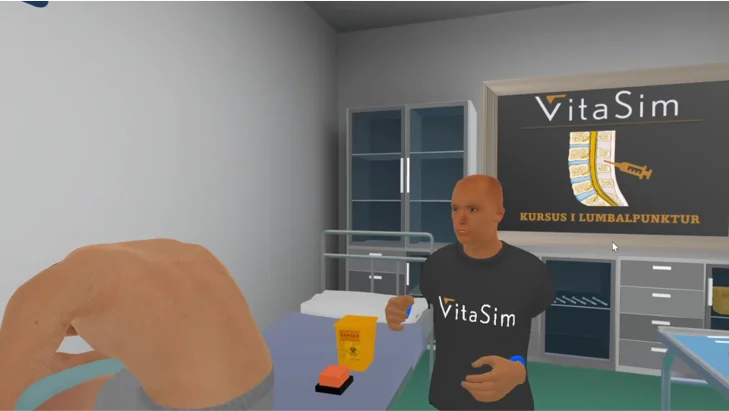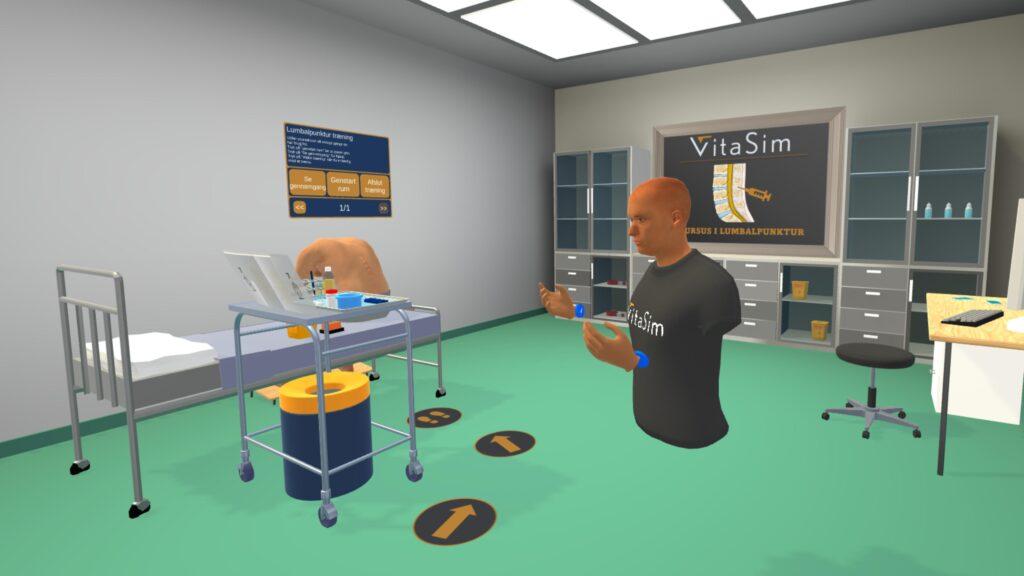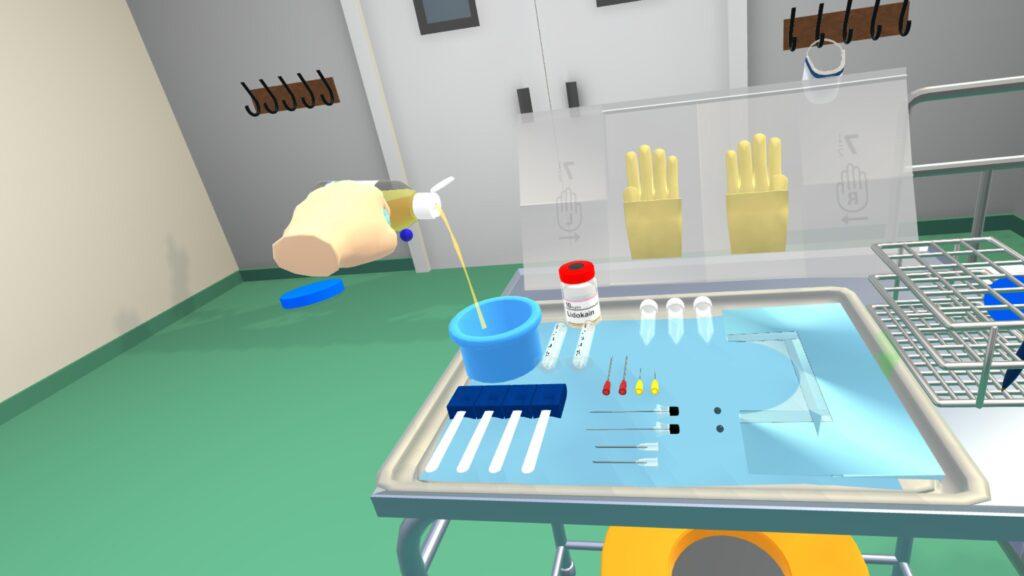
Lumbar puncture is a procedure where a needle is inserted into the spinal canal to withdraw fluid or administer medication. It can be challenging to perform the procedure because it requires precise needle placement to avoid damaging the spinal cord or other tissues in the area. Additionally, it can be painful for the patient, and it can be difficult to find the right angle and depth to insert the needle.
In September 2022, new medical students from the Clinical Institute, University of Southern Denmark started their studies at the university’s new campus in Esbjerg. Six months into their program, they have to take a series of exams, one of which is Lumbar Puncture.
Lumbar puncture is difficult to train because it requires expensive phantoms and equipment, and despite this, it is a far cry from reality. The Laboratory for Clinical Skills (LAKK) at Esbjerg Hospital & Grindsted Hospital is now experimenting with an “Open Lab,” where students can freely train Lumbar Puncture and other scenarios in VR.
VitaSim, in collaboration with LAKK, has built a scenario where they can learn the procedure with a recorded professional and practice at their own pace whenever and wherever they want.
Lumbar puncture is a procedure that also requires tactile understanding, which is solved by providing feedback in the controllers with different vibrations depending on the hardness of the tissue being punctured – a function that we believe is quite revolutionary in VR!
Why train Lumbar Puncture in VR?
VR training offers flexibility as it can be used anywhere and anytime, so the duration and timing of training can be tailored to the individual.
In VitaSim’s scenarios, one has a virtual 3D teacher with them. They can fast-forward and rewind the recordings, change speed, and review instructions and feedback without making their teacher tired.
The difference between e-learning and VR is that in VR, you have to perform the procedures yourself, and you also gain procedural and bodily memory in your training.
VR training provides a more realistic experience than traditional simulators since it can reproduce the spinal cord and the surrounding environment with a high degree of detail and realism.
Once a scenario is built and can be used on a larger scale, there is a lot of money to be saved for everyone.

